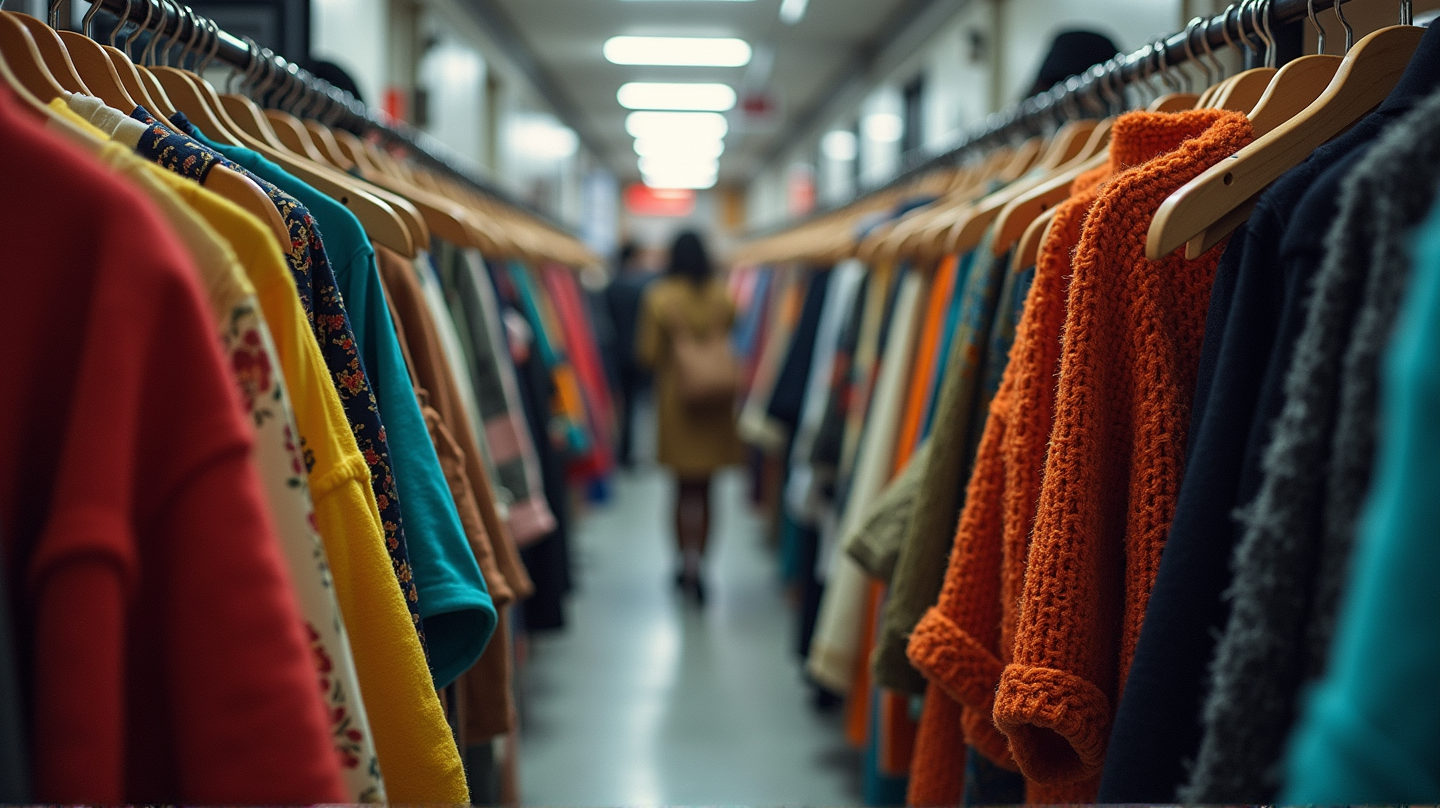Mastercard Reveals Surprising Trends in Circular Fashion Boom
Discover why circular fashion is captivating the global market, and how it's less impacted by economic shifts, boosting consumer interest.

In a world where sustainability is on everyone’s lips, the Mastercard Economics Institute has unearthed intriguing insights into the burgeoning circular fashion market. Secondhand items, lovingly dubbed as pre-loved or upcycled, are not just for thrift shop enthusiasts anymore; they’re an undeniable force changing the retail landscape.
Why Circular Fashion is Captivating Consumers
Imagine a world where every purchase tells a story, and every item has a past life. Circular fashion appeals because it offers significant savings and a halo of environmental responsibility. It’s a movement driven by a blend of thoughtful consumerism and economic savvy, and its impact is felt across various price points.
Immunity to Global Fluctuations
According to marketscreener.com, circular fashion’s unique structure—devoid of new product creation—renders it somewhat immune to the usual policy whirlwinds and international trade impacts. This independence places it not just as a trend but as a resilient pillar in the global market. The appeal lies in its sustainability: fashion that wades through fiscal storms unaffected.
A New Kind of Seasonality
Unlike traditional retail, which thrives on strict seasonal trends, circular fashion embraces a fluidity that blends style and purpose harmoniously. This flexibility aligns with the consumer’s desire for unique items and can drive spontaneous purchasing decisions—a trait evident from aggregated and anonymized Mastercard data, revealing spending trends shaped deeply by urban markets.
The City-Centric Tale of Circular Fashion
Cities stand as the heart of this movement, with urbanites embracing circular fashion as both a lifestyle and a statement. The vibrancy of city life, marked by its diversified communities and rapid consumer shifts, finds its reflection in the way circular fashion is weaving into daily lives. Soon, it might not just be a movement but a norm.
Conclusion: A Market That’s Here to Stay
The surge in circular fashion isn’t just a fleeting trend; it marks a fundamental shift towards more sustainable consumer habits. The data underscores a transformation taking root in the apparel sector that could inspire changes across industries. As circular fashion continues to grow, its promise of conscious commerce offers a blueprint for a more sustainable future.